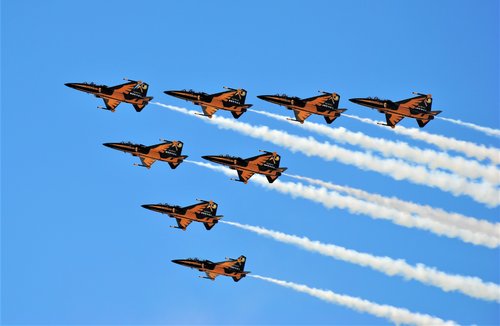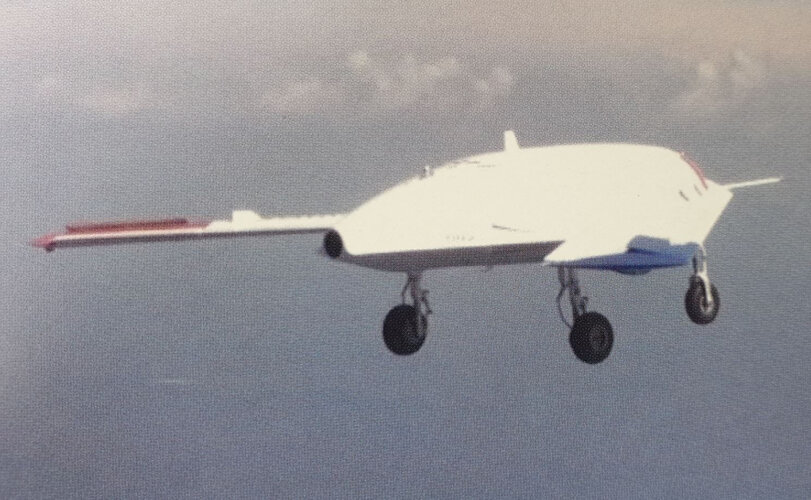litzj
BLOG : http://jaesan-aero.blogspot.com/

Still, there is no thread for the ADEX, then, I will start ADEX thread for 2019's.
This air-show started its 1st demo at 1996.
I have uploaded several images of 2019 ADEX in my blog and see link
https://jaesan-aero.blogspot.com/2019/10/adex-2019-korea-part-1-internal-booth.html
https://jaesan-aero.blogspot.com/2019/10/adex-2019-korea-part-2-external-display.html
https://jaesan-aero.blogspot.com/2019/10/adex-2019-korea-part-3-70th-year.html
https://jaesan-aero.blogspot.com/2019/10/adex-2019-korea-part-4-rokaf-black.html
If you have any images of ADEX, please share it, even old ones.







